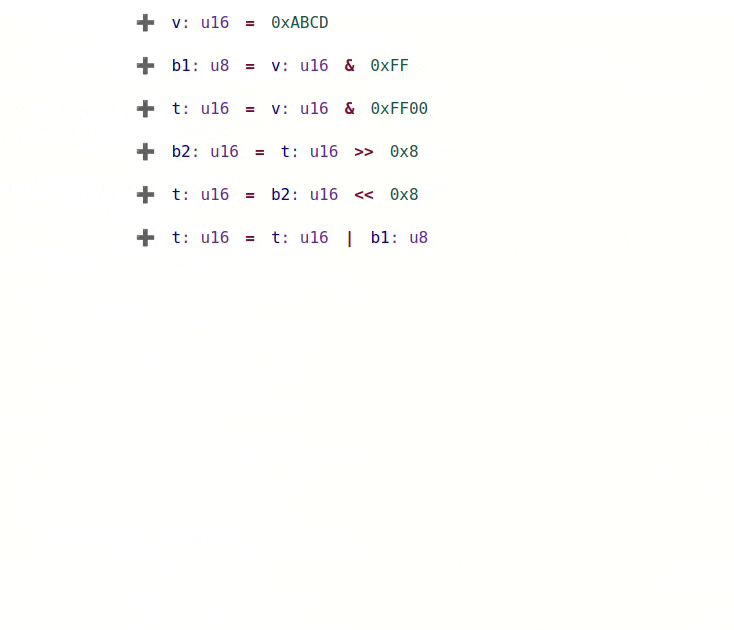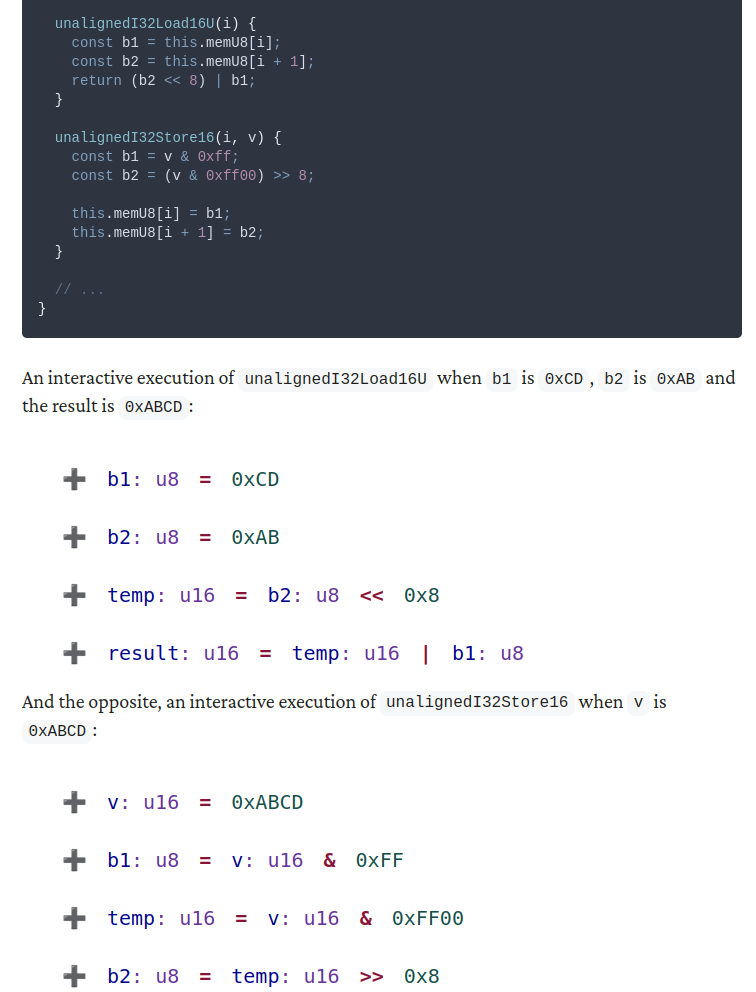A few weeks ago I started a new series of blog posts (or “newsletters”, in Substack parlance) about simplicity :
1 • On simplicity introduces the series with how my thinking about simplicity has changed over the years.
2 • Meaning-ful design connects simplicity to meaning making and coherence.
3 • Familiarity explores how complex things can be surprisingly simple and why we can’t ignore context.
4 • Reciprocal realization frames design as a complex dynamic process of mutual adaptation between designer and designed object.
… I expect about four or five more posts coming after that, but I haven’t written them yet, so I have no idea. 🙂
A lot of this draws on 4E cognitive science, design theory, and philosophy. As such it may perhaps be less technical than you would expect it to be, although I try much harder in this series to relate it more directly to programming and software development than in my last.
And that’s why I post it here, today. I’m hoping to learn if this resonates at all with a technical audience, or if this is still too abstract. I know we’re all craving for the easily applicable Top 10 Things to Make Things Simple (and number 6 will surprise you), but I have reason to believe that it’s just not that… well… simple. But I think I’m slowly making progress towards synthesizing something valuable, even if I can’t express it as beautifully as I would like to. Yet.
Let me know what you think, and please ask any questions you may have (in thread or via DM). Appreciate your feedback!
As I keep writing my article series On Simplicity… I’d like to further improve it with feedback and have now set up a first online discussion for it.
On Thursday, March 14th we’ll start with discussing the first post in the series. You don’t need to be familiar with the whole series; just reading the first post is recommended but not required. Have a look at the Luma invite for the exact time in your time zone and to sign up (it’s a free event via Zoom).
Would be great to have some of you there!


